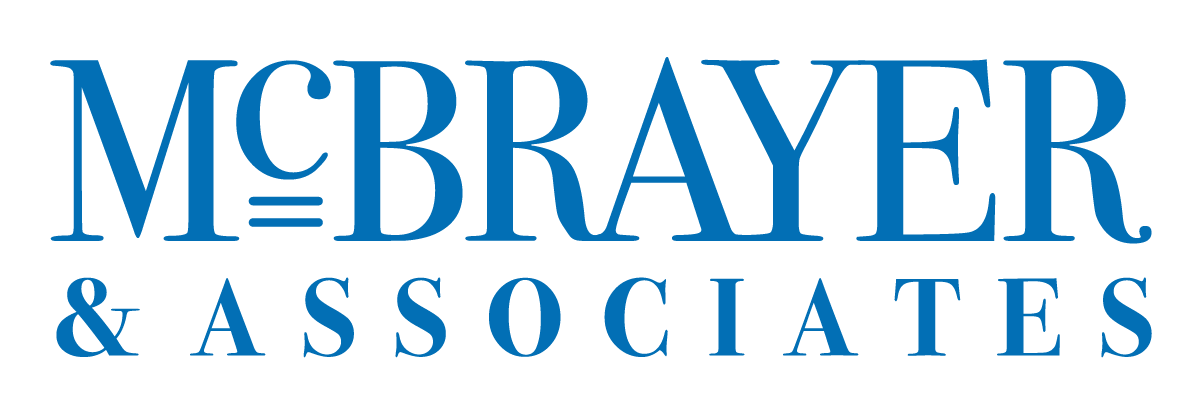Ask Problem & Opportunity Questions to Develop Buyer Urgency

The biggest mistake that sales professionals make is responding to a concept, need or problem with an immediate solution. As sales professionals, we need to grow buyers’ needs, amplify their urgency, and move “solving the problem” into the number-one slot on their To Do List.
In other words, we need to illuminate that the prospect is already in crisis mode, or s/he will be shortly. We can do so by asking Problem and Opportunity Questions to find problems, look for opportunities, and gather evidence.
Mistakes of Sales Pros
Offering an immediate solution in response to a concept, need or problem results in the immediate shutdown of growing the buyer’s need, halting the ability to grow buyer urgency. If we respond too soon with a solution, we never get to hear the whole problem, meaning we may not realize that our solution isn’t the most accurate one. Unless we know the full extent of the crisis, how can we expect to fully solve it?
The second biggest mistake we as sales professionals make is assuming that prospects fully understand their problems. Most often, they do not. Similar to a patient with an illness, they see symptoms, but not the bigger illness. What we need to do is connect the dots for them. That’s why we ask Discovery Questions, to help ourselves—and ultimately the prospect—understand his or her problems.
Which Questions to Ask & When to Ask Them
In the movies, I always hear the law schools telling the up-and-coming lawyers to “never ask a question, to a witness on the stand, that you don’t know the answer to.” In the selling business, often the opposite is true. We ask many questions precisely because we do not know the answer. We are looking for where it hurts, and sometimes the buyers don’t yet know. What we need to do is find the symptoms and then diagnose before we prescribe.
Exercise
Take a moment to list, either actually or mentally, ten questions you normally ask to a prospect.
To warn you up front, all Program on Persuasion workshop participants list Circumstantial Questions as nine out of their ten questions. Circumstantial Questions give us context for having a dialogue, but are self-serving, and ultimately don’t lead anywhere. A few of these questions are okay, but most of them can be answered by doing a little research before we engage with the buyer.
Example Circumstantial Questions:
- Who is your current supplier?
- How long have you been in the business?
Look back at your list. Identify how many, if any, of the 10 questions you normally ask are something other than Circumstantial.
If the answer is not many, then you are in the right place.
The Problem/Opportunity Question
Although the Circumstantial Question does have its time and place, what we normally want to ask are Problem/Opportunity Questions. These questions ask what the sellers are trying to avoid (their Problem) or what they’re trying to accomplish (their Goal). Good sellers know where to look. Here are the objectives of the Problem/Opportunity Question:
- They are designed to find problems
- They seek out symptoms of larger problems or untapped opportunities
- They gather evidence of both the existing situation and other crises that will arise
- As a secondary goal, they increase credibility with their relevancy
Problem Questions
Problem Questions are usually more interesting to the client than Circumstantial Questions; they are intended to help the client discover potential problems before they occur, bring them to the buyers’ attention, and increase the amount of information on the situation as it exists now and will develop in the future. Salespeople increase their level of credibility by means of their insight into potential problems and by demonstrating a sincere interest to understand the client.
Opportunity Questions
Opportunity Questions are similar to Problem Questions in that they address situations as they will develop, but are focused on positives—goals and aspirations—rather than negatives. These questions address more of what the buyer is trying to accomplish than what they’re trying to avoid.
Example Problem/Opportunity Questions:
- What is your primary objective in the next 12 months?
- Why did you settle on this goal?
- What about your business keeps you up at night?
- How has the ACME industry changed in the past 10 years?
- What is your biggest challenge to achieving your 12-month goal?
- What do you think is missing?
- What part of your process concerns you the most?
- What have you tried that hasn’t worked?
- What are the top three things a customer wants from you?
Conclusion
By asking Problem/Opportunity Questions, we find problems and needs or goals and aspirations. Once we locate problems and opportunities, we can make our target area bigger by asking impact and desired results questions.
Before we offer any solutions, and long before we offer ourselves as solutions, we must know as much about the situation as possible. The more we discover together with the prospect, the more we cultivate buyer urgency.
